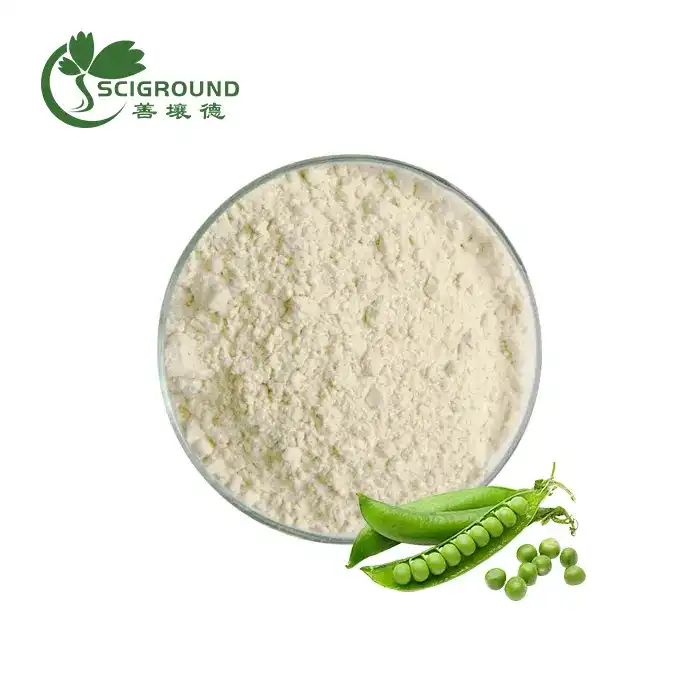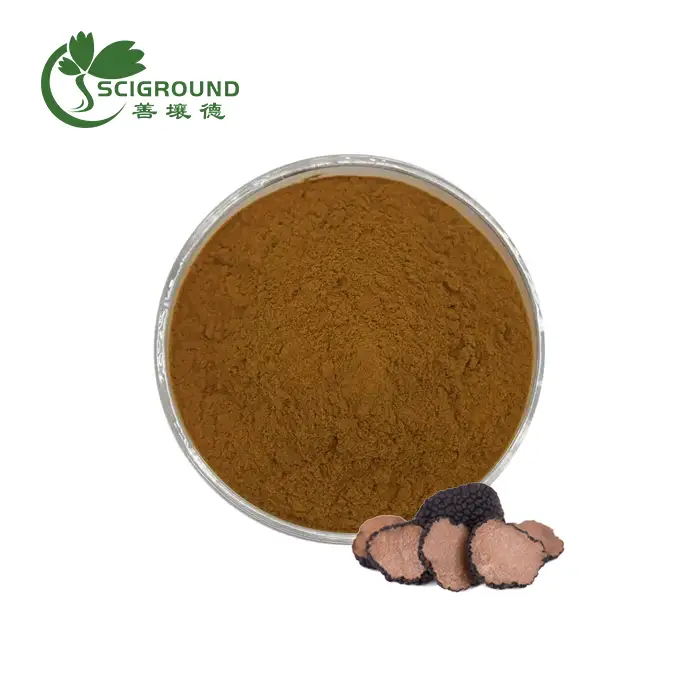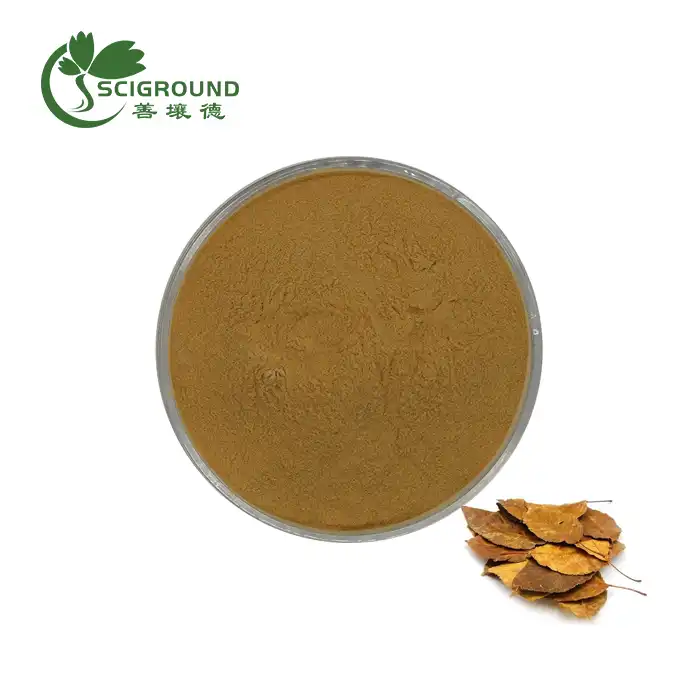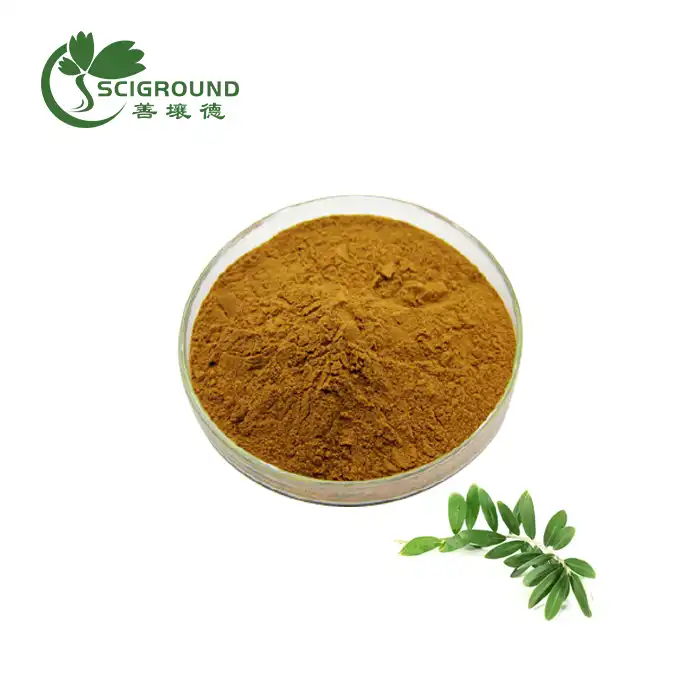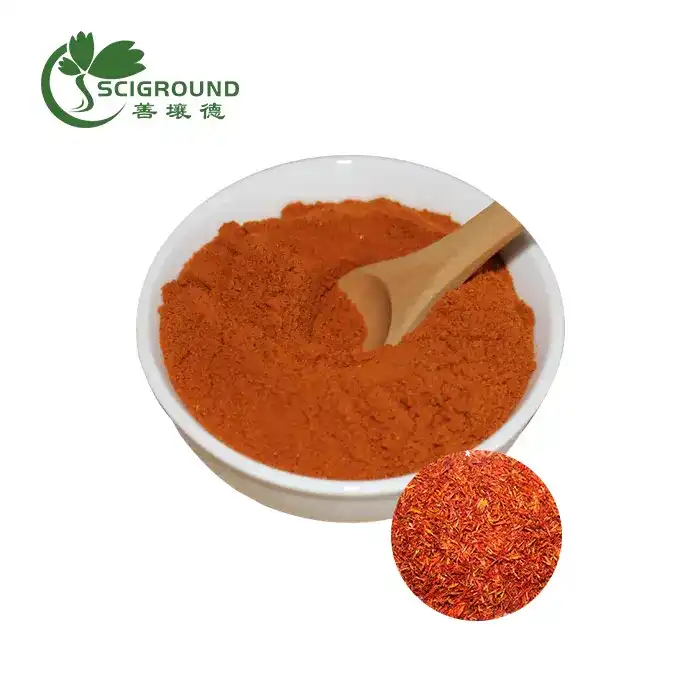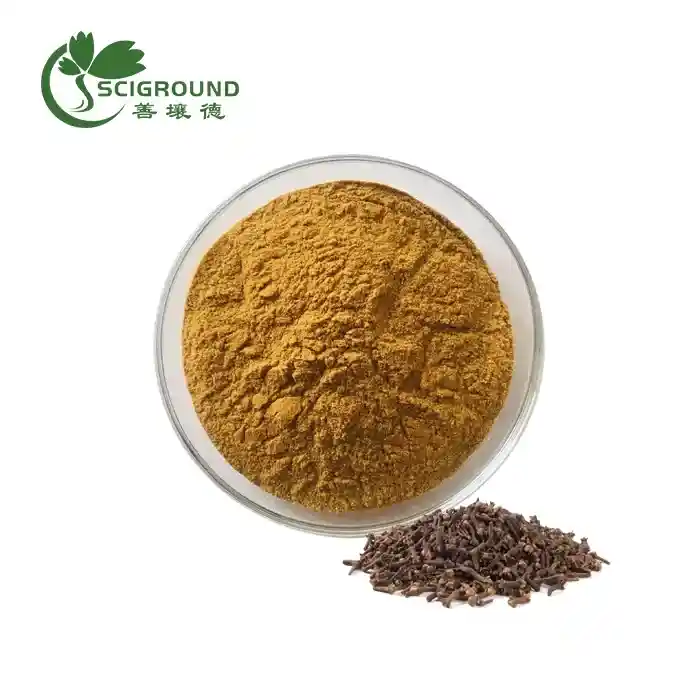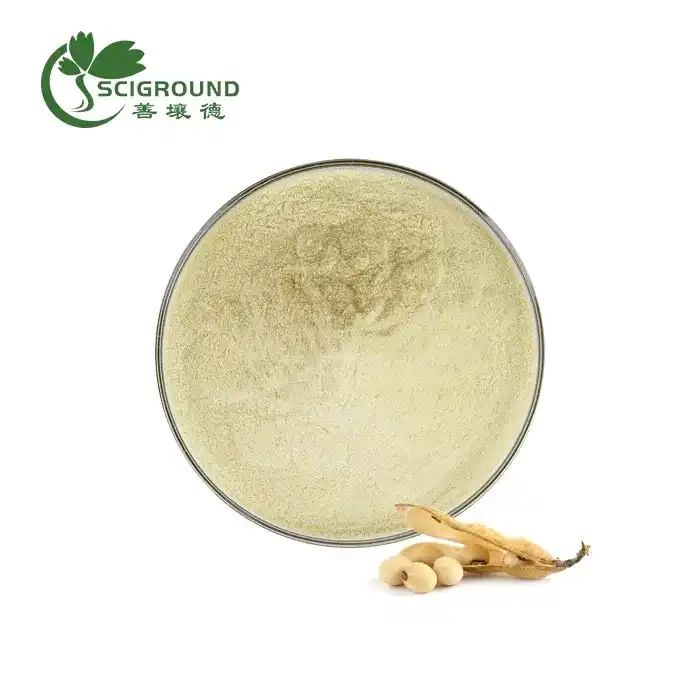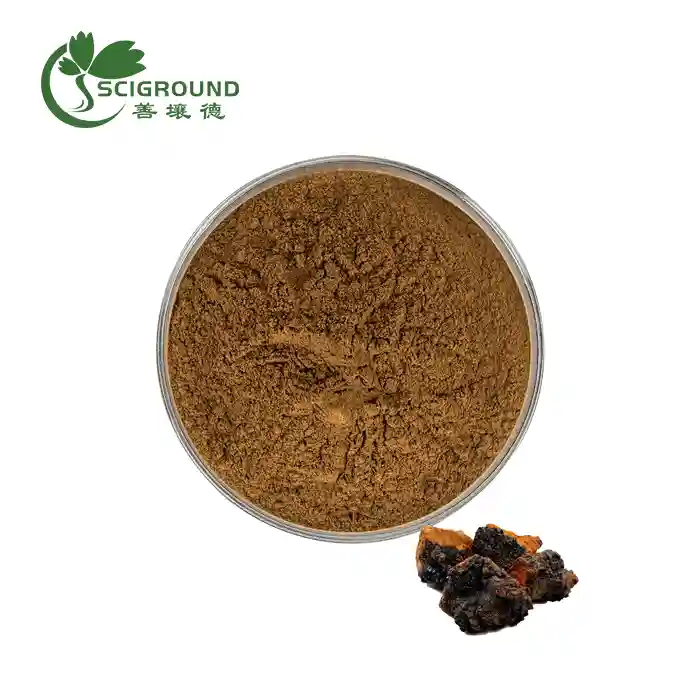Is Pea Protein Gluten Free?
For those with celiac disease or gluten sensitivity, adhering to a strict gluten-free diet is key to managing symptoms and health. In this comprehensive guide, I’ll analyze if pea protein is gluten-free and offer guidance on safe gluten-free protein choices.
Pea protein is both gluten-and without lactose, causing it a favored choice for individuals who to have those specific sensitivities. High in iron. Pea protein conveys a solid aiding of this fundamental supplement.
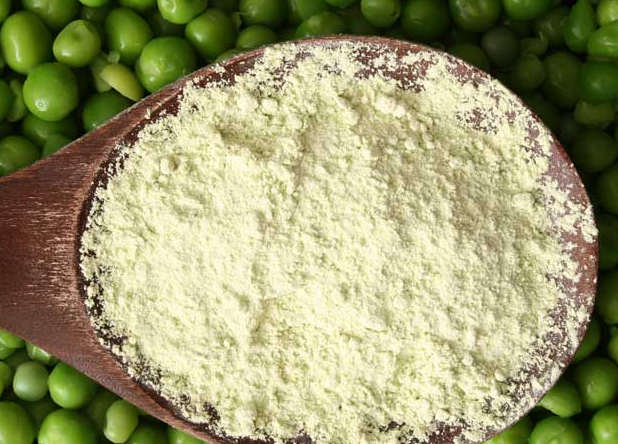
Can Celiacs Have Pea Protein?
For individuals with celiac disease, non-celiac gluten sensitivity, or those avoiding gluten for other reasons, pea protein is generally considered safe, based on:
Peas themselves are naturally gluten-free plants, with no relation to wheat or gluten-containing grains.
Pea protein production involves no gluten ingredients. Peas are milled into flour, extracted to isolate the protein, then dried into powder. No gluten is introduced.
Most brands process pea protein in dedicated gluten-free facilities on separate equipment from gluten-containing grains. This prevents cross-contamination.
Testing consistently shows pea protein has gluten levels below 5-10 ppm, the cut-off for gluten-free labeling. This indicates negligible gluten.
For these reasons, pure pea protein isolate is typically recommended on a gluten-free diet, even for those with celiac disease. However, some with celiac still prefer avoiding due to personal sensitivity. Trying an individual tolerance test with a small 1-2 gram serving is wise when first introducing pea protein.
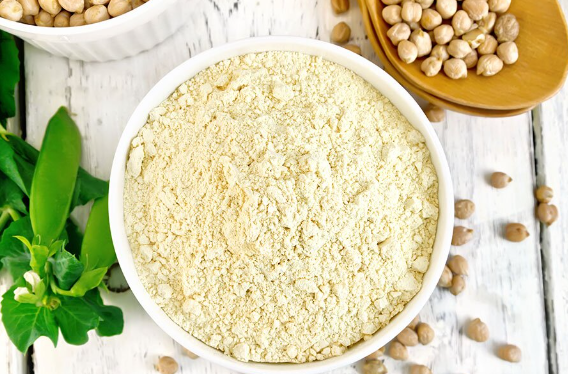
Is Pea Protein Dairy and Gluten-Free?
Pure pea protein isolate, containing nothing but isolated pea protein, is completely gluten-free as well as dairy-free. Here’s why:
Peas are plants and naturally devoid of gluten and dairy. They contain no wheat or related proteins.
Pea protein production does not use any dairy ingredients like milk or whey, or gluten grains like wheat, barley, rye.
There are no cross-contamination risks from wheat or other gluten grains during manufacturing.
Pea protein is Vegan and made in dedicated gluten-free facilities.
Regular third-party lab testing shows gluten levels below 5-10 ppm, the accepted standard for gluten-free.
Other concerns like soy or nuts aren’t issues either with pure pea protein. The advanced isolation process concentrates just the pea protein while removing other major allergens, eliminating both gluten and dairy.
What Protein is Gluten-Free?
In addition to pea protein, other gluten-free protein options include:
Plant Proteins
Rice protein - Made from rice, naturally gluten-free
Hemp protein - Contains no gluten sources
Pumpkin seed protein - No gluten grains used
Sacha inchi protein - Gluten-free plant source
Buckwheat protein - Gluten-free pseudo-grain
Chia protein - Seed based, gluten-free
Sunflower seed protein - Made from sunflower seeds
Animal Proteins
Whey protein isolate - Contains no gluten
Egg white protein - Naturally gluten-free
Collagen peptides - No gluten sources
Beef, poultry, pork, fish - Gluten-free meats
Other Gluten-Free Options
Bone broth protein - Made from gluten-free ingredients
Nut butter proteins - No gluten risk from nuts
Fermented pea protein - No gluten exposure
Be sure to check labels and contact manufacturers to confirm gluten-free status and ask about testing. Individual tolerance testing with introductions in small servings is also wise.
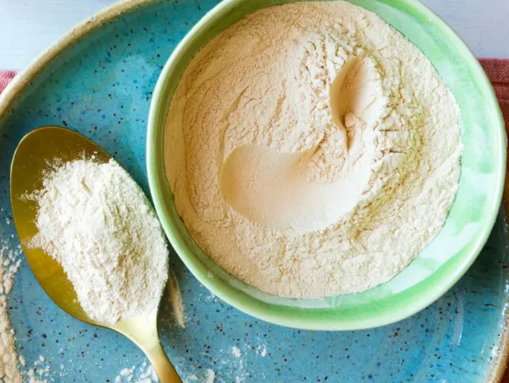
What are the Downsides of Pea Protein?
While generally well-tolerated, some potential downsides of pea protein include:
Bloating, gas, cramps - For some, FODMAP carbohydrates in peas may cause GI distress [1]
Allergic reactions - Rare, but those with peanut allergy may react due to legume relation
Heavy metal risks - Peas can accumulate trace heavy metals like lead and cadmium from soils [2]
Higher price - Pea protein typically costs more than common dairy/soy proteins
Lower PDCAAS - 0.69 score indicates lower protein quality than animal sources
Unpleasant taste - Plain pea protein has a bitter, chalky flavor some dislike
Gritty texture - Lower solubility than dairy/egg proteins, chalky feel
Proper sourcing, processing, and blending pea with rice or collagen proteins can help mitigate these downsides for most people. But trying a test serving and monitoring any reactions is prudent.
What is Pea Protein Made From?
Pea protein powder comes from yellow split peas, which are dried and ground into flour, then processed to isolate the concentrated pea protein.
Key steps in manufacture include:
Whole yellow peas are milled into fine particle flour through mechanical grinding
Flour is mixed with water to form pea milk slurry to separate protein
Starch is removed by centrifugation and microfiltration processes
Additional ultrafiltration isolates and concentrates the pea protein molecules
The concentrated pea protein then undergoes spray drying or freeze drying
Finally, the dried concentrated pea protein is milled into a fine powder
This multi-step process removes carbohydrates, fats, and other components from the original peas, leaving an end product over 80% pure protein.
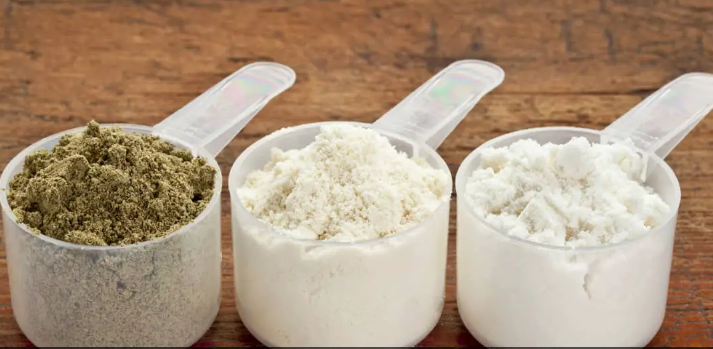
How Can I Get Protein Without Gluten?
Here are some tips for ensuring adequate protein on a gluten-free diet:
Incorporate diverse plant proteins like pea, rice, potato, sacha inchi
Choose naturally gluten-free animal proteins including eggs, beef, poultry, fish
Read food labels carefully to confirm gluten-free status
Contact manufacturers about gluten testing protocols and certifications
Cook more beans, lentils, nuts, seeds and other gluten-free whole foods
Supplement with verified third-party tested gluten-free protein powders
Work with a registered dietitian knowledgeable in gluten-free nutrition
Use online resources listing gluten-free brands and restaurant menu items
The key is getting at least 20-30g high quality protein per meal from these gluten-free sources. Spread intake throughout the day for optimal muscle synthesis.
Do Any Protein Powders Have Gluten?
Some protein types and brands may contain traces of gluten or risk cross-contamination:
Whey concentrate possibly has lactose from gluten grain residues
Soy protein often processed alongside wheat/gluten grains
Grain-based proteins like wheat, barley, kamut and spelt
Heavily flavored proteins with gluten-containing ingredients
Made in facilities that also process gluten-containing foods
Companies that don’t regularly test finished products for gluten
Carefully scrutinizing labels, contacting manufacturers, and inquiring about frequent third-party gluten testing helps identify the safest options for gluten-free diets. When in doubt, choose certified gluten-free brands.
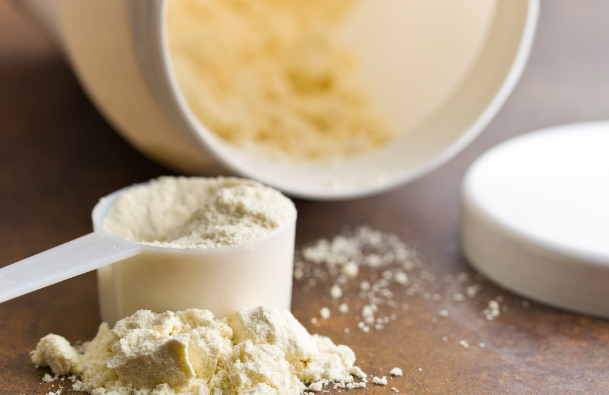
Are All Protein Powders Gluten-Free?
Not all protein powders on the market are gluten-free. Here are some pointers for finding gluten-free options:
Check labels for explicit gluten-free statements
Look for certified gluten-free seals from GFCO, NSF, cGMP
Contact company directly to ask if they regularly test for gluten
Avoid grain-based proteins and soy without third-party verification
Stick to pea, rice, potato, collagen and other non-gluten sources
Select unflavored types with minimal ingredients
Vet brand reputation, processing practices and certifications
Test individual serving sizes initially to gauge personal tolerance
While many major brands now offer gluten-free proteins, it’s crucial to thoroughly vet options, ideally consulting with a registered dietitian knowledgeable in gluten-free diets.
The Takeaway
Pea protein isolate bulk made from only yellow peas offers a safe gluten-free, dairy-free option. For celiacs and others on gluten-free diets, pea protein can be an effective way to increase protein intake, provided reputable, third-party tested brands are used. Combining pea with rice and collagen proteins can provide complementary amino acids in a gluten-free blend. As always, individual tolerance testing is still recommended when introducing new protein sources.
References
[1] Marsh, A., Eslick, E.M., Eslick, G.D. Does a diet low in FODMAPs reduce symptoms associated with functional gastrointestinal disorders? A comprehensive systematic review and meta-analysis. European journal of nutrition, 2016, 55.3: 897-906.
[2] Harding, A.H., Wareham, N.J., Bingham, S.A., Luben, R., Welch, A., Forouhi, N.G., et al. Plasma vitamin C level, fruit and vegetable consumption, and the risk of new-onset type 2 diabetes mellitus: the European prospective investigation of cancer–Norfolk prospective study. Archives of internal medicine, 2008, 168(14), 1493-1499.
[3] Rai, S., Kaur, A., Singh, B. Quality characteristics of gluten free cookies prepared from different flour combinations. Journal of food science and technology, 2014, 51(5), 785-789.
[4] Thompson, T. Soy protein. Encyclopedia of Human Nutrition, 2005, 401-406.
[5] Comino, I., Real, A., de Lorenzo, L., Cornell, H., López-Casado, M.Á., Barro, F., Lorite, P., Torres, M.I., Cebolla, Á., Sousa, C. Diversity in oat potential immunogenicity: basis for the selection of oat varieties with no toxicity in coeliac disease. Gut, 2011, gut-2011.
About Author

Celine Xu is a botanist with over 15 years of experience researching and developing plant extracts for nutritional and pharmaceutical applications. She leads an R&D team focused on identification, cultivation and extraction of medicinal plants. Celine Xu earned a Ph.D. in Plant Biology has authored numerous articles in peer-reviewed journals about the health benefits of specific phytochemicals. She frequently speaks at industry conferences about new developments in plant extract research. Celine Xu is dedicated to advancing the scientific understanding of how targeted plant compounds can be used to improve human health.
Related Industry Knowledge
- What is American Ginseng?
- In what form is turmeric best absorbed?
- How much curcumin should I take daily to reduce inflammation?
- Is BCAA better than protein shakes?
- Acacia Fiber vs Inulin
- Does vitamin B1 make you sleepy?
- Potato Protein: A Versatile Plant-Based Protein Source
- Power up Your Health with Vitamin B5 Powder!
- The Power of Rhamnus Frangula Powder: Enhancing Digestion and Wellness Naturally
- Pea Protein vs Soy Protein
